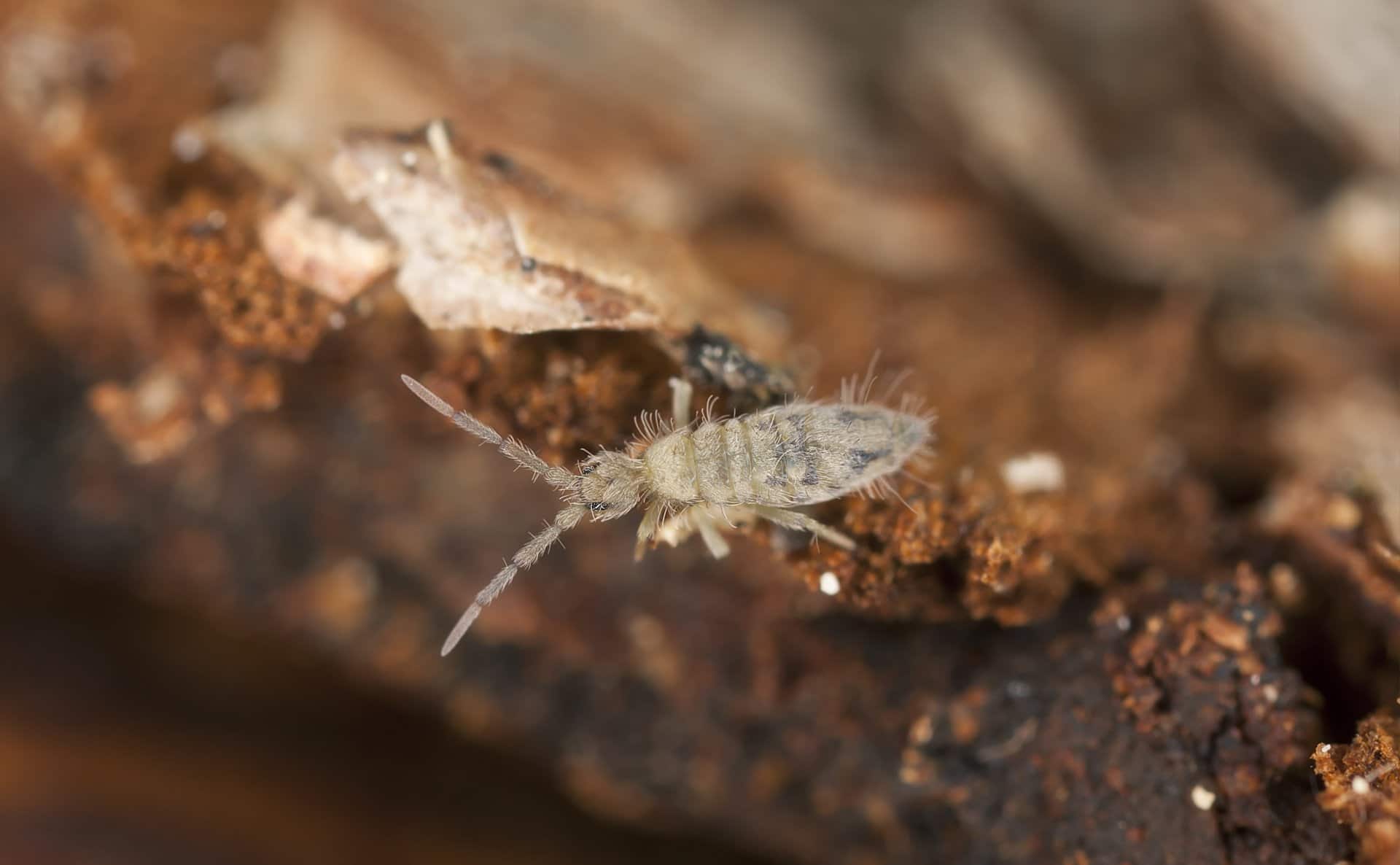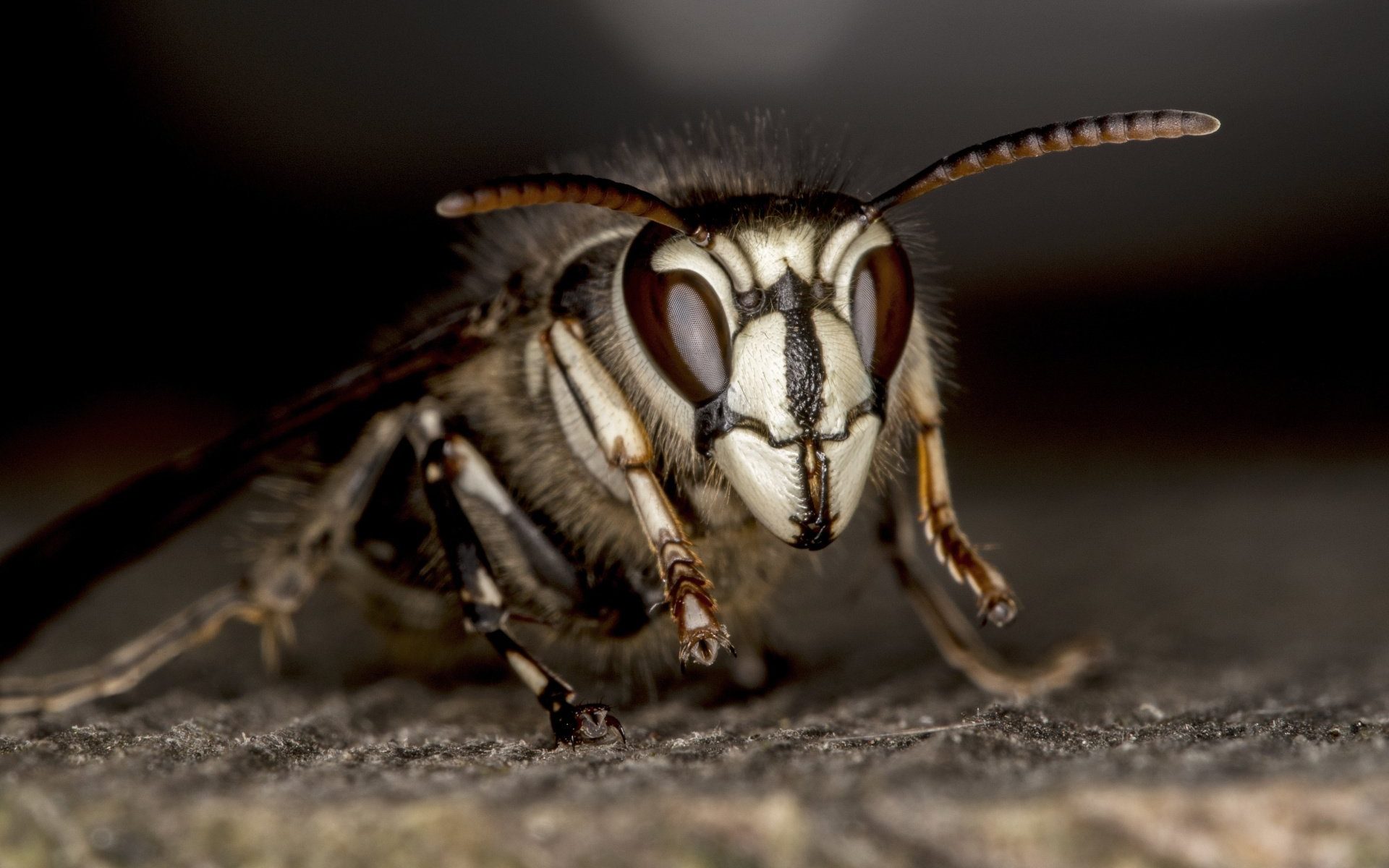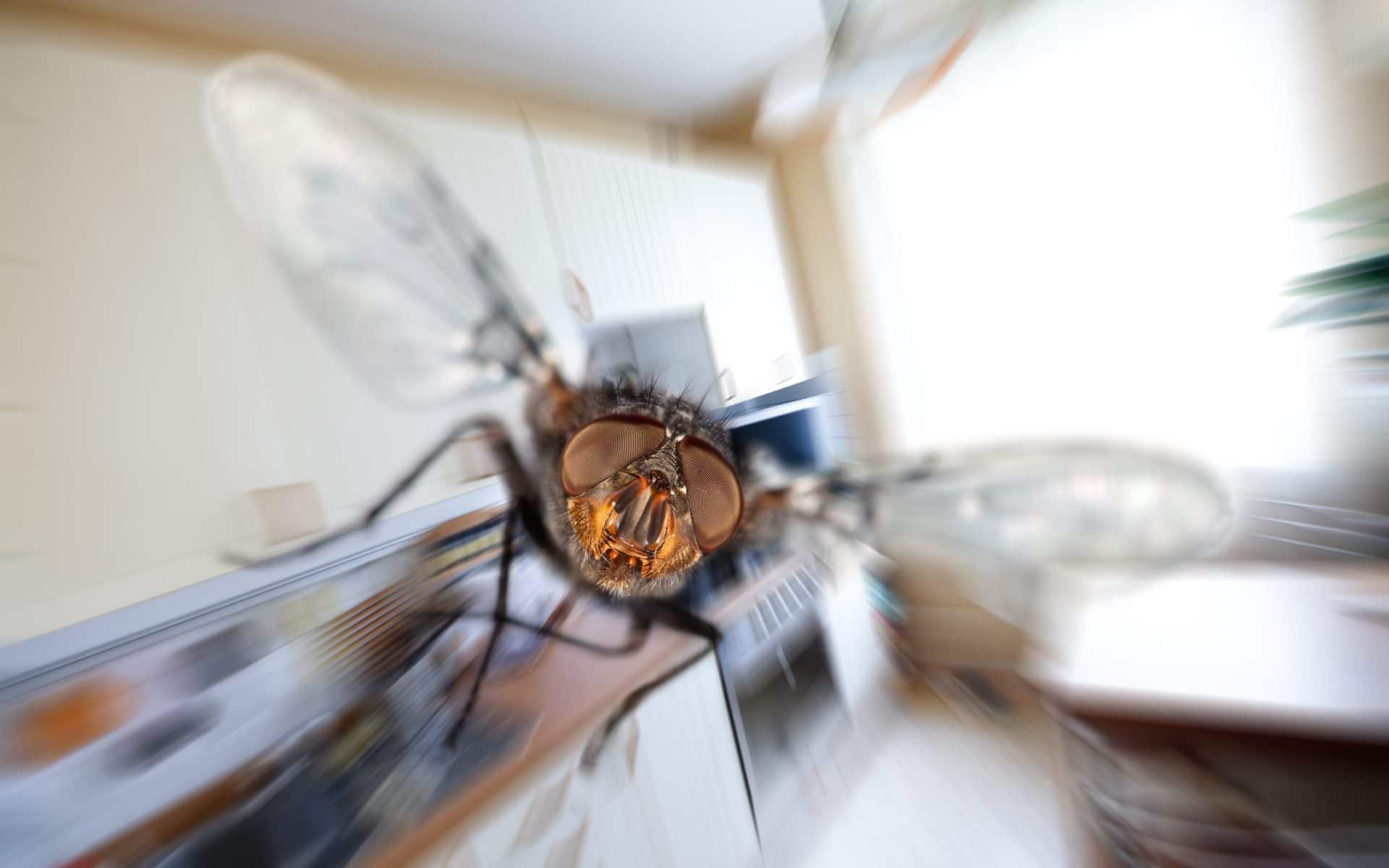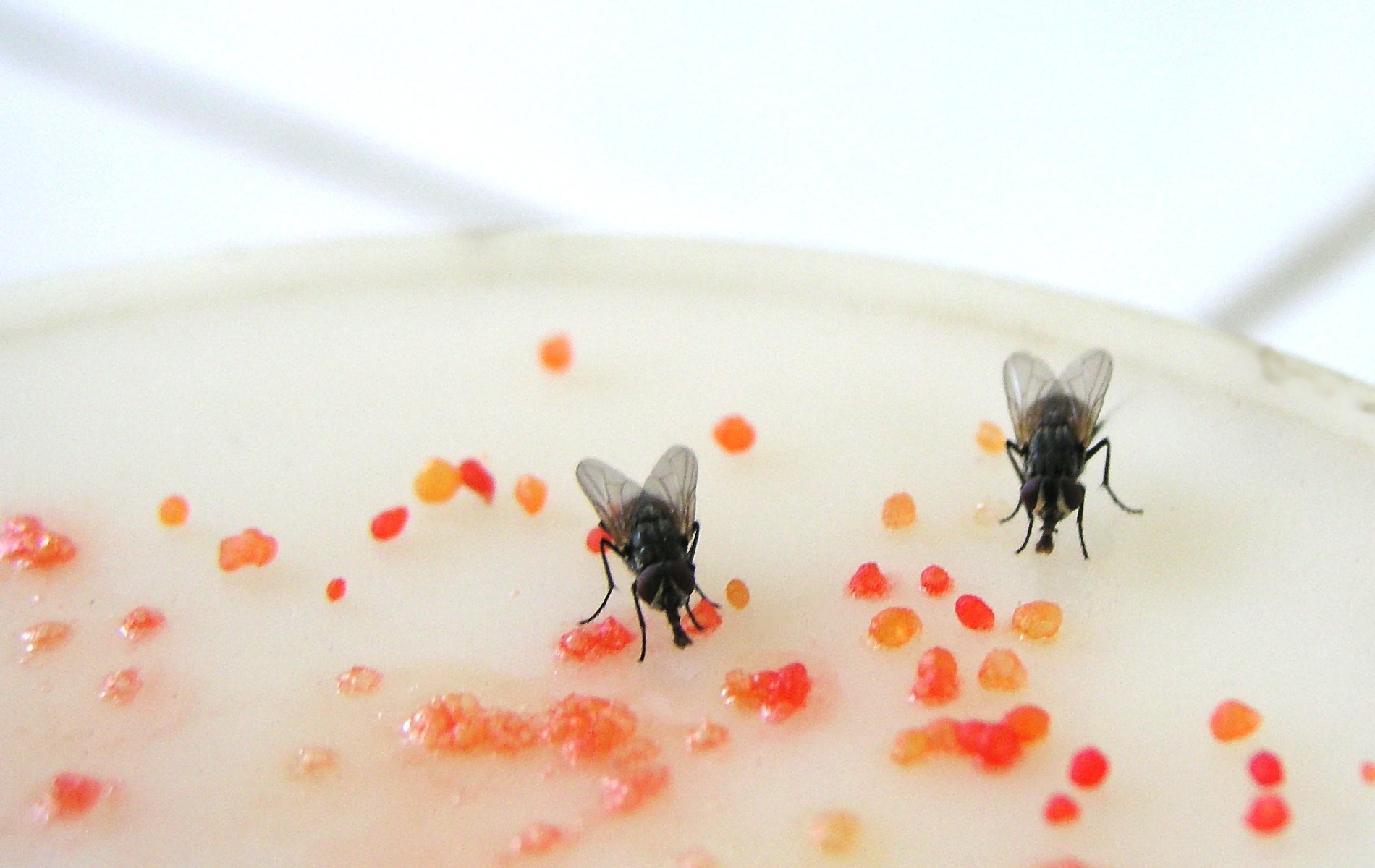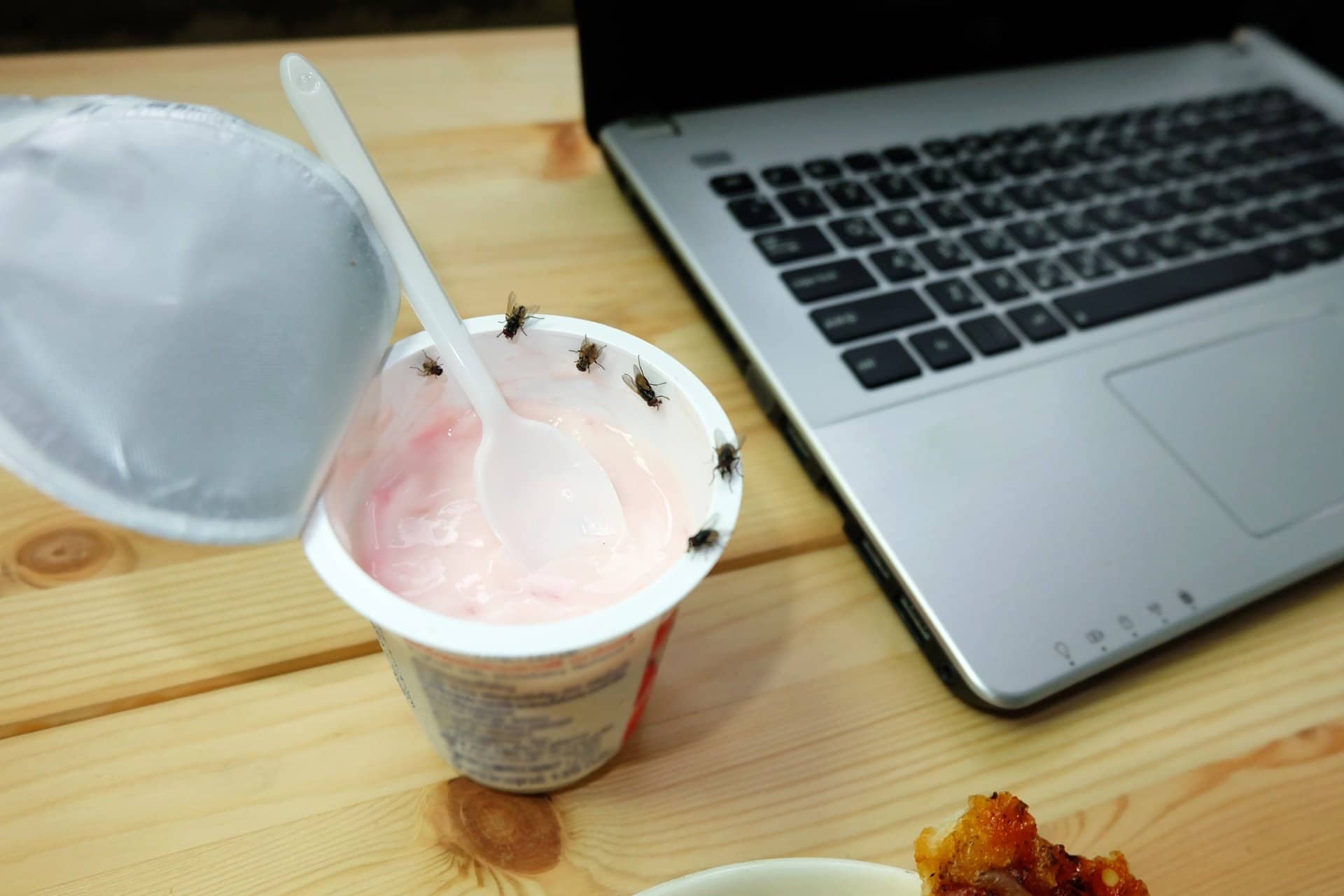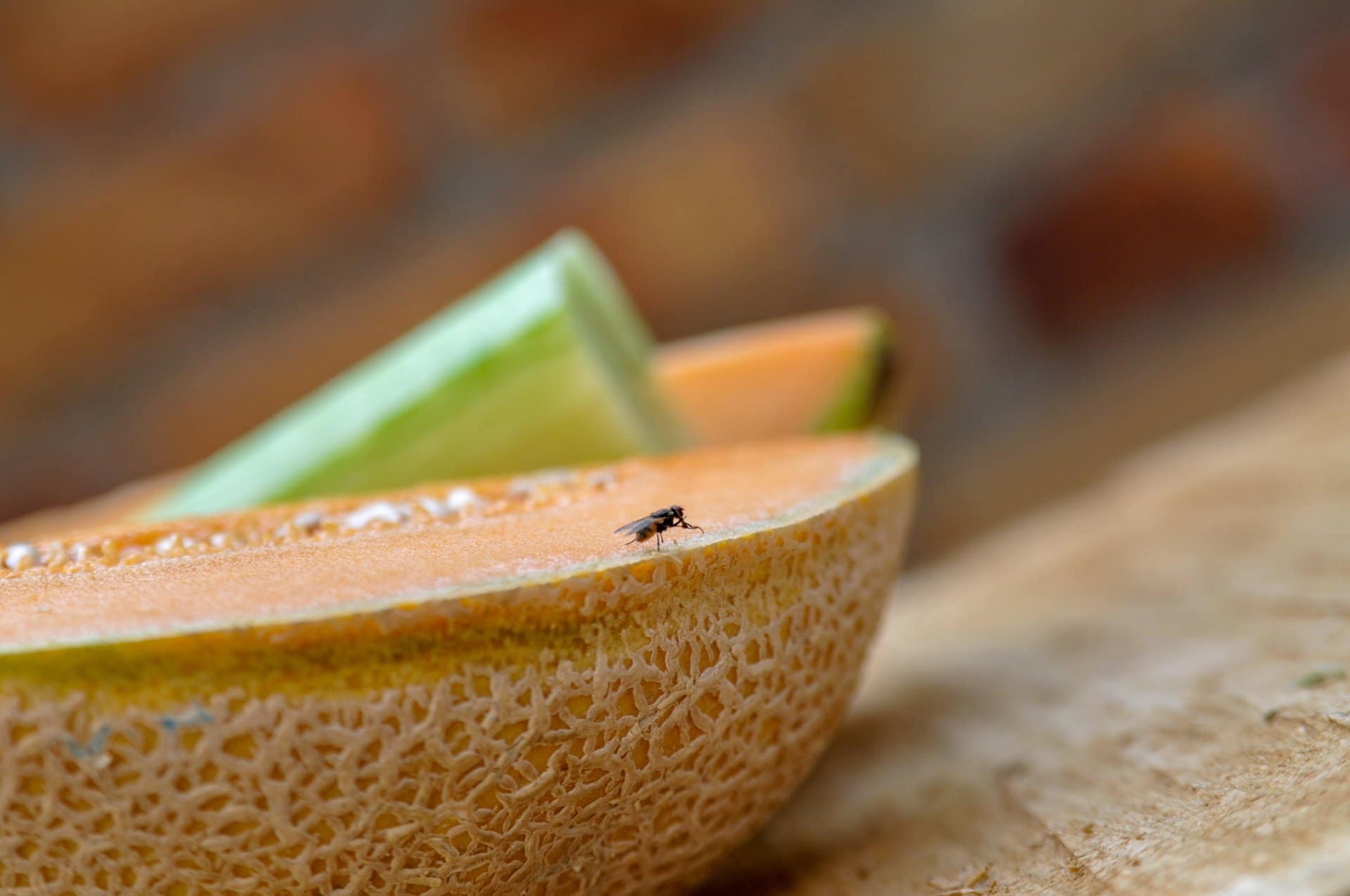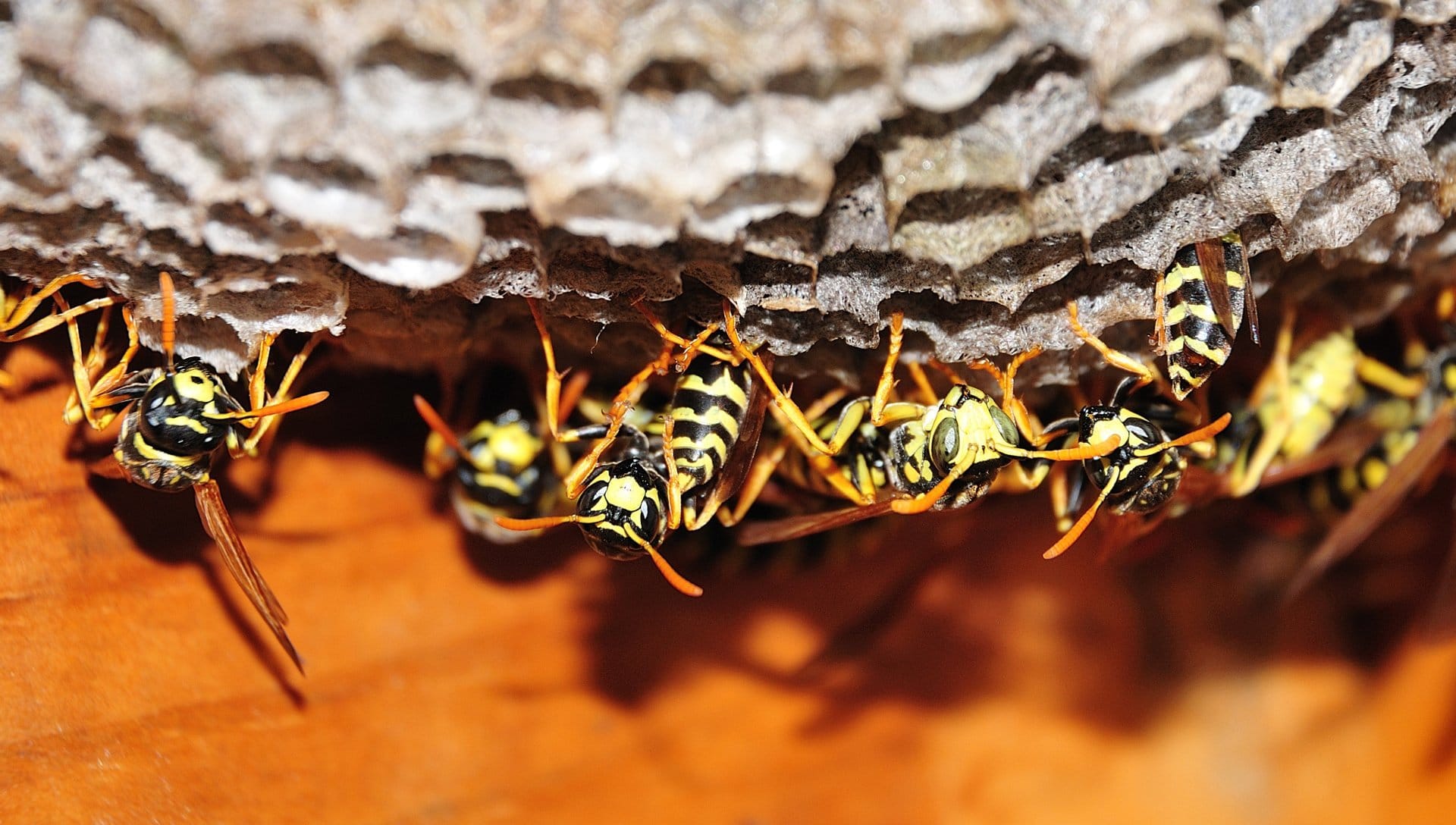
You know that warm and fuzzy feeling you get from looking at certain animals — a puppy, a fawn with its mother, sea otters? Well, wasps are a completely different story. Wasps generally elicit fear and panic.
Seeing wasps in or around your home can leave you afraid to walk around freely, not to mention if you have little children that wander around everywhere. The last thing you want is for your children to be in danger of getting stung by a wasp or a colony of wasps. So, how do you prevent them from taking up residence alongside you?
Contact Environmental Pest Management at (952) 432-2221, to help you get rid of wasps. In the meantime, below are some tips and tricks to help you deter those pesky insects so that you can continue to enjoy your space to the fullest.
What Are Paper Wasps?
Paper wasps are winged insects that are predominantly brown with yellow markings. These wasps get their name because of the type of nests that they create. The nests are umbrella shaped and look as if they are made out of a paper or cardboard substance.
Just like other wasp colonies, they have a queen, and they work during the seasons to gather food for themselves and their queen. During the winter, all of the wasps in the colony die except for the queen.
While these wasps can have a potent sting and become a nuisance, they can also be ecologically beneficial. These wasps eat nectar from fruits, as well as smaller insects such as beetles, flies, and caterpillars. Yes, believe it or not, wasps can help you by getting rid of other bugs.

Signs of Paper Wasps
The tell-tale signs of paper wasps are nests. Paper wasps usually build their umbrella-shaped nests in places like:
- Branches
- Porch ceilings, rafters
- Shrubs
- Railings
Anywhere a nest could hang from is a potential site for a paper wasp colony. Wasp nests have openings where the queen lays the eggs.
Another sign of a paper wasp infestation is seeing one or two around. These types of insects are social and live in colonies. They usually stay closer together, so if you see one wasp flying around your home, chances are you will find more.
How to Deter Paper Wasps
Secure Your Trash Bins
Wasps are attracted to areas that have more abundant food sources. So a place that has garbage out and exposed, a lot of open recycling, or composting bins will be ideal for the formation of a colony. Having open trash bins can lead to flies laying eggs in those areas, and where there are larvae, there are paper wasps near. Therefore if you want to prevent paper wasps from nesting at your home, make sure your garbage bins are covered and sealed, especially during the spring and summer months.
Use Peppermint Oil
According to studies done by entomologists, peppermint oil is a deterrent for wasps. Commercial products are available or, you can make your own peppermint oil and water mixture at home. Use the spray to coat all areas targeting eaves, rafters, porch roofs, etc. Spray your mixture in areas where you have found wasps nests in previous years, as they tend to build around the same areas.

Maintain Space In and Around Your Home
In the early spring months, do a perimeter sweep of your home and keep an eye out for any potential areas of wasp infiltration. Fill in any cracks around your home, in areas such as window sills or door frames, with caulk, preferably a silicon-based product. Filling the cracks will prevent paper wasps from coming into your home. During the fall and winter months, the entire wasp colony will die except for the queen, which will try to find shelter in a warmer environment. Keep a lookout to make sure she isn’t lodging inside your home.
Trim Shrubbery and Trees
Another way to deter wasps from building nests is to keep your plants and trees well-groomed.
Paper wasps love to make their nests in any area that hangs. So if you have trees that have long branches or twigs, or shrubs that are a bit unruly, make sure to do some trimming and maintenance in the spring.
How to Get Rid of Paper Wasps
Good Old Soap and Water
If you are looking for a more eco-friendly way of solving your wasp problem than with chemicals, look no further than your kitchen. A mixture of soap and water can help you combat paper wasps and prevent nesting all at the same time. Fill a spray bottle with water and then add in about three tablespoons of dish soap. The dish soap in the water breaks down their exoskeletons and essentially drowns them. If you decide to use this method, make sure you are a safe distance away from the nest.

Call Environmental Pest Management
When in doubt, always call upon a local pest management professional. While paper wasps are generally not aggressive, they can attack and sting if they are defending their nests. Environmental Pest Management has been providing excellent and trustworthy service for over 30 years and guarantees results. Working in the greater ten-county metro area of the Twin Cities, they have dealt with their share of paper wasps and other insects.
If you have already found a wasps nest at your home or looking for professional service to prevent them, call today at (952) 432-2221 or look us up at www.bugtech.com.
The professional and expedient service at Environmental Pest Management will have you enjoying your home again in no time.

